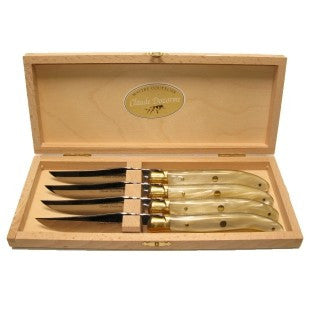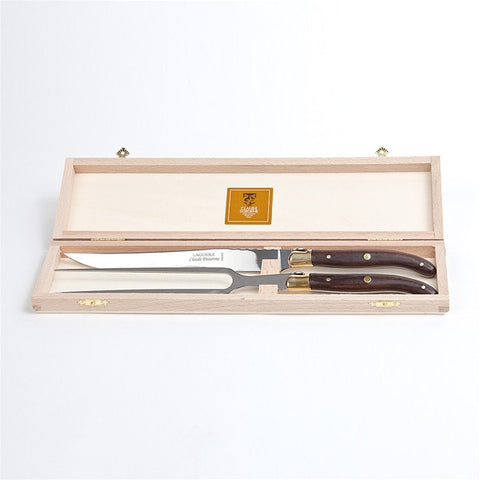The steel first undergoes a dual heat treatment, quenching, a high-precision operation that strengthens the blade’s mechanical properties and modifies the steel’s molecular composition. The blade then goes on to the hardness test, followed by grinding. This step, which consists in grinding the blade to refine it, gives the future blade its long life, a durable sharp edge, the quality of its cutting power and the possibility of re-sharpening the blade several times after use.
This is why the Claude Dozorme firm takes exceptional care over the grinding step in particular (blade grinding). In earlier times, this operation was done manually. Today, this crucial step in developing blade edge is optimized using high-precision, digitally-controlled grinding machines.









